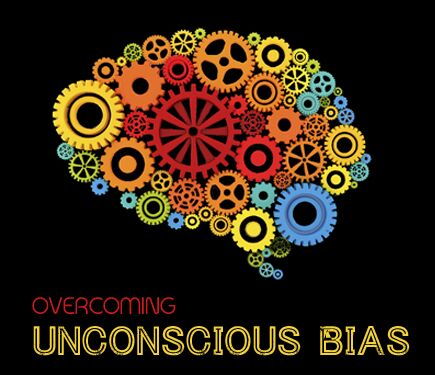Description
Succession management is perhaps the most important calibration that senior leaders engage in. It is a process rife with bias, especially when leaders support candidates that they know, like, and with whom they have much in common. A word or two, or even a look, can discourage one’s colleagues in perhaps less of a power position to support an alternative path.
This workshop either encompasses the core of unconscious bias, and then focuses on this critical decision process, or can be a targeted workshop. Offering this just prior to succession management reviews has been shown to be a powerful impetus for unexpected decisions.
The workshop will identify how to look for code words, interrupt patterns in process, garner the support of one’s colleagues to mitigate bias, and provides a platform to practice those skills.
The only way to address these kinds of issues is to create structure and systems where these kinds of biases can be revealed and discussed. That such conversations are not easy is a given, but they must take place if you’re going to make your talent management decisions more efficiently and rationally. After all, it’s not your personal preferences (or hang-ups) that count, it’s how well candidates align with your company’s goals and priorities. Your unconscious biases could be preventing you from making the best talent decisions possible.
Again, the point is not that all bias bad. It’s really neither good nor bad – it just is. What you need to do is come up with a way to constructively confront bias to make sure it’s not derailing your talent management efforts. Pointing fingers at others, or even yourself, is not the way to go. Anytime your diversity and inclusion efforts result in people feeling guilty about their biases, you’re losing them. The results are often contraction, resistance, forced compliance, or even backlash.
Here are the ten most common ways unconscious bias surfaces in the workplace, according to Diversity Australia:
- Diagnosis Bias. This is forming judgments based on initial impressions. You’ve probably been told not to judge a book by it’s cover, but the plain fact of the matter is that we do it all the time.
- Pattern Recognition. Making sense of information based on past experience or habit. Especially powerful are instances in which you experienced past harm or danger. You’ll respond automatically to those without thinking – including people.
- Value Attribution. This is when you project qualities onto a thing or person based on your initial perceptions. You may not stop to listen to the typical-looking street performer playing a violin, but what if you knew the person was a virtuoso who had just played to a sold-out crowd at Carnegie Hall the night before?
- Confirmational Behavior. This is the self-fulfilling prophecy or Pygmalion Effect, where you only “see” what confirms your beliefs and ignore that which contradicts them.
- Automatic Perception. A reflexive reaction to something or someone based on unconscious associations or expectations (to things such as race, gender, etc.).
- Selective Attention. Paying more attention to something that you’re already thinking of or concerned about. This is why when you decide you’re going to buy a Subaru, suddenly you’re seeing them everywhere, including in advertisements.
- Priming Effect. This is an inclination to respond to something based on expectations created by a previous experience or association, even if it doesn’t appear to have anything to do with the situation at hand.
- Commitment Confirmation/Loss Aversion. Maintaining support or belief in something because we’ve already committed to it, or want to avoid losses. No one likes to admit they’ve made a bad choice.
- Stereotype Threat. This is when you experience anxiety because you’re in the position of potentially reinforcing a negative stereotype about your social group. This is why one study showed how simply asking black students to report their race before taking the SAT significantly lowered their scores.
- Anchoring Bias. Relying too heavily on one trait or bit of information in making decisions, such as assuming that a candidate from an elite school will be better qualified.
